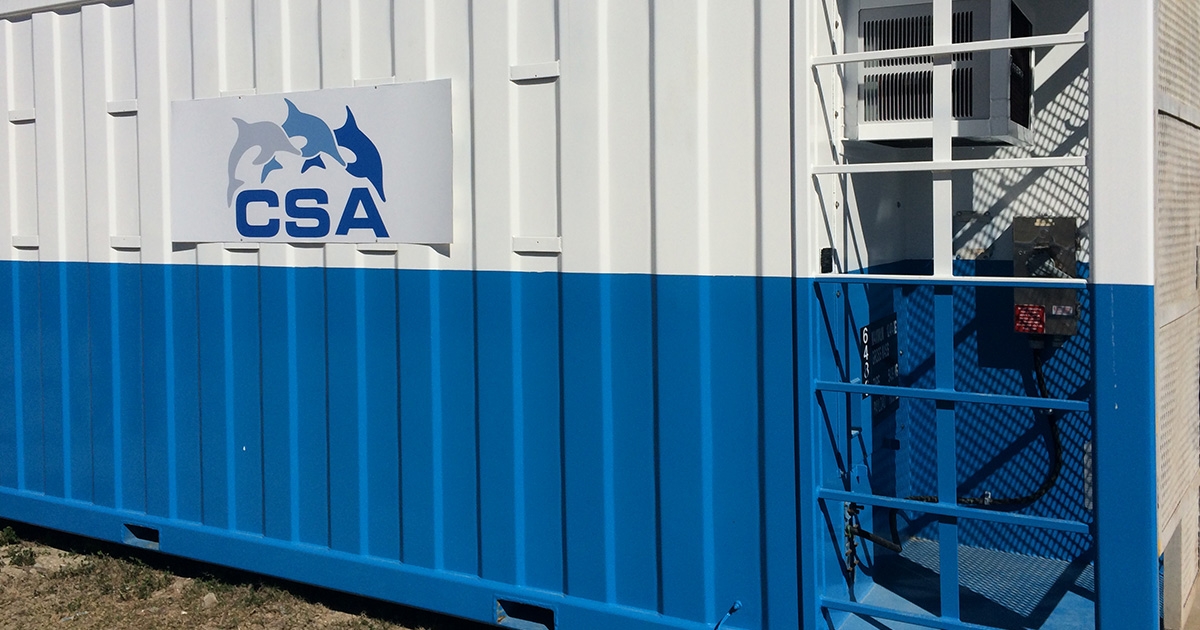CSA Partners with HWCG to Develop Surface Monitoring Equipment Program

CSA Ocean Sciences Inc. (CSA), an international marine environmental consulting and survey company, has released details of a recent collaboration with HWCG, a consortium of deepwater operators in the Gulf of Mexico (GOM), to create a Surface Monitoring Equipment program designed to assist offshore oil and gas operators with enhancing their environmental monitoring and preparedness capabilities.
The Surface Monitoring Equipment program, designed to profile and sample the ocean surface to a depth of 100 m, provides offshore energy companies operating in the GOM with access to purpose-fit and rapidly-deployable scientific monitoring equipment and specialized spill response services for use in responding to accidental discharges in the marine environment.
The Surface Monitoring Equipment program also meets new regulations pertaining to the use of surface dispersants, should their use be an appropriate response tactic during an oil spill. When responding to oil discharges, as governed by the US Code of Federal Regulations (CFR) Title 40, Part 300: National Oil and Hazardous Substances Pollution Contingency Plan, Subpart J (40 CFR 300.913), the use of surface dispersants for more than 96 hours or in response to a discharge of more than 100,000 gallons in 24 hours, calls for the collection of water samples and in situ measurements near the ocean surface, including temperature, salinity, dissolved oxygen concentration, fluorescence, turbidity, methane, pH, and particle size distribution.
CSA’s team of marine scientists and field operations specialists evaluated and selected equipment appropriate for monitoring the upper water column. The suite of sensors can be deployed using a towed frame or a vertical cast system. CSA’s sister company Okeanus Science & Technology designed and built a Launch And Recovery System (LARS) complete with a winch, skid-mounted A-Frame, and custom cable to enable deployment to depths of 100 m in either towed or cast mode, safely and with efficient deck handling. The equipment program also includes a custom Control Van, which serves as a mobile workspace during both onshore standby and offshore deployment.
“Prevention and containment are the industry’s primary objectives to avoid accidental oil spills. These capabilities are complemented by having access to CSA’s monitoring equipment, scientists, and operations personnel to monitor the environment and protect response workers,” said Craig Castille, HWCG’s Managing Director.
“Whether or not dispersants are used as a response tactic, access to customized equipment that can be rapidly mobilized strengthens the industry’s ability to conduct monitoring during accidental discharges that could potentially affect surface waters of the GOM, its shorelines, and communities,” added Dr. Jodi Harney, Vice President, Energy at CSA.
CSA and HWCG offer other operators in the GOM the opportunity to join the shared equipment program.
About CSA
CSA Ocean Sciences Inc. brings more than five decades of experience in marine environmental assessments in the US and internationally, with offices in the United States, the Eastern Mediterranean, Suriname, Trinidad, Brazil, and Australia. CSA’s expertise in coastal, marine, and deep ocean surveys is built on the integration of science, operations, and an understanding of environmental data collection, management, and analysis within geospatial domains. For more information on CSA’s range of marine environmental consulting services, please visit www.csaocean.com.

